Stoichiometric balancing of redox reactions is an essential concept in chemistry. It ensures that the number of atoms and the charges are balanced in a chemical equation.
Understanding this process is crucial for students, especially in fields like medicine, where chemical reactions play a key role. Let’s break down the basics of redox reactions and follow simple, step-by-step guidance to help you balance them confidently.
I. Introduction to Redox Reactions in Chemistry
Redox reactions are chemical reactions where electrons move between substances. The term "redox" stands for reduction-oxidation. In these reactions, reduction means gaining electrons, and oxidation means losing electrons. These processes are vital in various chemical reactions, including organic chemistry, industrial processes, and biological systems.
II. Understanding Oxidation and Reduction
Oxidation
- Definition: Oxidation is when a molecule loses electrons.
- Example: Consider the conversion of iron (Fe) to iron(III) oxide (Fe₂O₃). In this reaction, iron loses electrons to form Fe³⁺ ions:
4Fe + 3SO2 → 2Fe2O3
Reduction
- Definition: Reduction is when a molecule gains electrons.
- Example: The reduction of copper(II) oxide (CuO) to copper (Cu) by hydrogen gas (H₂):
CuO + H2 → Cu + H2O
III. Steps to Balance Redox Reactions
Balancing redox reactions can be complex, but it can be simplified using systematic steps. Here are the steps to balance a redox reaction:
1. Separate the Half-Reactions
Identify and separate the oxidation and reduction half-reactions.
2. Balance the Atoms (except H and O)
Balance all atoms in each half-reaction except hydrogen (H) and oxygen (O).
3. Balance Oxygen Atoms
Add water molecules (H₂O) to balance the oxygen atoms in each half-reaction.
4. Balance Hydrogen Atoms
Add hydrogen ions (H⁺) to balance the hydrogen atoms in each half-reaction.
5. Balance the Charge
Add electrons (e⁻) to balance the charge on each half-reaction.
6. Combine the Half-Reactions
Combine the half-reactions by ensuring that the total number of electrons lost in the oxidation half-reaction matches the total number of electrons gained in the reduction half-reaction. This may require multiplying the half-reactions by appropriate factors.
IV. Example: Balancing a Redox Reaction
Let's balance the redox reaction between permanganate ion (MnO₄⁻) and iron(II) ion (Fe²⁺) in an acidic solution:
1. Write the Unbalanced Half-Reactions
- Oxidation: Fe²⁺ → Fe³⁺
- Reduction: MnO₄⁻ → Mn²⁺
2. Balance Atoms (except H and O)
- Oxidation: Fe²⁺ → Fe³⁺ (already balanced)
- Reduction: MnO₄⁻ → Mn²⁺
3. Balance Oxygen by Adding H₂O
- Reduction: MnO₄⁻ → Mn²⁺ + 4H₂O
4. Balance Hydrogen by Adding H⁺
- Reduction: MnO₄⁻ + 8H⁺ → Mn²⁺ + 4H₂O
5. Balance the Charge by Adding e⁻
- Oxidation: Fe²⁺ → Fe³⁺ + e⁻
- Reduction: MnO₄⁻ + 8H⁺ + 5e⁻ → Mn²⁺ + 4H₂O
4. Balance Hydrogen by Adding H⁺
5Fe2+ + 5Fe3+ + 5e-
MnO-4 + 8H+ + 5e- → Mn2+ + 4H2O
5Fe2+ + MnO-4 + 8H+ → 5Fe3+ + Mn2+ + 4H2OV. Important Tips for Balancing Redox Reactions
- Identify the Oxidation States: Determine the oxidation states of all elements in the reactants and products.
- Use the Ion-Electron Method: This method simplifies the balancing process by focusing on electron transfer.
- Check Your Work: Ensure that the number of atoms and the charges are balanced on both sides of the equation.
VI. Applications of Balanced Redox Reactions
Industrial Processes
Balanced redox reactions are essential in industrial applications, such as the production of sulfuric acid (H₂SO₄) from sulfur dioxide (SO₂):
2SO2 + O2 → 2SO3
SO3 + H2O → H2SO4
Environmental Chemistry
Redox reactions treat polluted water, converting harmful substances into less toxic forms. For instance, the reduction of chromium(VI) to chromium(III):
Cr2O72- + 14H+ + 6e- → 2Cr3+ + 7H2O
Biological Systems
In cellular respiration, glucose (C₆H₁₂O₆) is oxidized to produce carbon dioxide (CO₂) and water (H₂O):
C6H12O6 + 6O2 → 6CO2 + 6H2O + energy
VII. Bridge/Overlap
Understanding the stoichiometric balancing of redox reactions is crucial for mastering basic chemistry and serves as a foundation for more advanced topics that bridge into other scientific disciplines. Here’s how redox reactions connect to various fields:
Electrochemistry
Redox reactions form the basis of electrochemical cells and batteries. Understanding how electrons are transferred in redox reactions helps explain how batteries work and how they can be recharged.
Synthesis and Decomposition
Many synthesis and decomposition reactions involve redox processes. For example, synthesizing alcohols from alkenes in organic chemistry often involves reduction, while breaking down molecules can involve oxidation.
Environmental Impact
Redox reactions play a role in understanding pollution and developing methods to protect the environment. For instance, redox reactions are used to treat wastewater and remove contaminants from soil.
Biochemistry
Redox reactions are essential in biochemistry, particularly in metabolic pathways. Cellular respiration, which converts glucose into energy, involves multiple redox reactions. Similarly, photosynthesis in plants involves redox reactions to convert light energy into chemical energy.
Redox reactions are essential in biochemistry, particularly in metabolic pathways. Cellular respiration, which converts glucose into energy, involves multiple redox reactions. Similarly, photosynthesis in plants involves redox reactions to convert light energy into chemical energy.
VIII. Wrap-Up and Key Terms
Mastering the stoichiometric balancing of redox reactions involves understanding oxidation and reduction, following systematic balancing steps, and recognizing their applications in various fields. These reactions are fundamental in chemistry and have broad applications in industry, environmental science, and biology.
Key Terms
- Oxidation: Loss of electrons.
- Reduction: Gain of electrons.
- Oxidizing Agent: Substance that accepts electrons.
- Reducing Agent: Substance that donates electrons.
- Half-Reaction: The separate oxidation or reduction part of a redox reaction.
IX. Practice Questions
Sample Practice Question 1
What is the reducing agent in the reaction where copper(II) oxide (CuO) is reduced to copper (Cu) by hydrogen gas (H₂)?
A. Copper(II) oxide
B. Copper
C. Hydrogen gas
D. Oxygen
Ans. C
Hydrogen gas donates electrons and is oxidized to water, thus the reducing agent.
Sample Practice Question 2
Which of the following reactions is a redox reaction?
A. Neutralization of HCl with NaOH
B. Combustion of methane
C. Dissolution of NaCl in water
D. Formation of water from H₂ and O₂
Ans. B
Methane combustion involves the transfer of electrons, where methane is oxidized to carbon dioxide and oxygen is reduced to water.

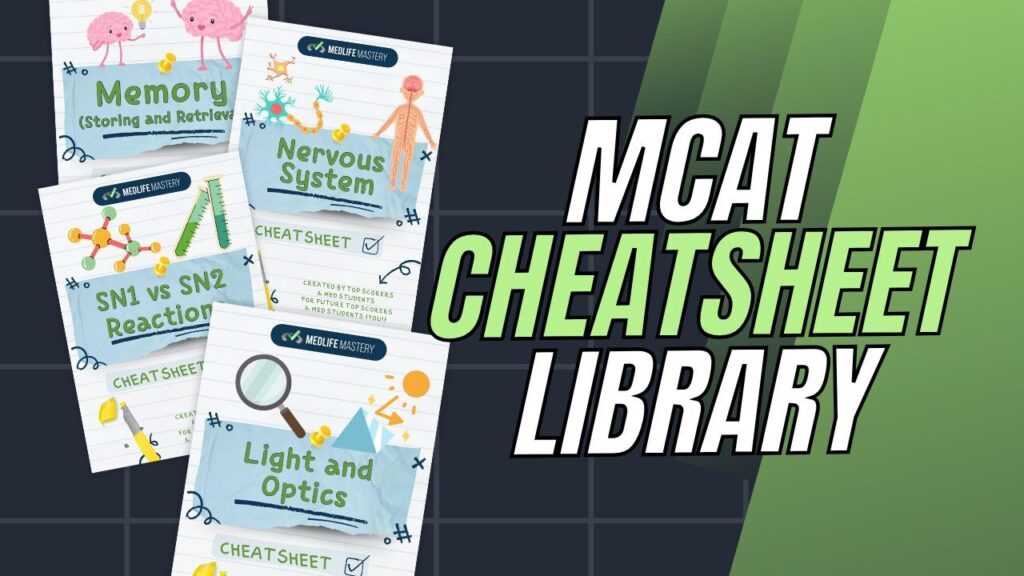
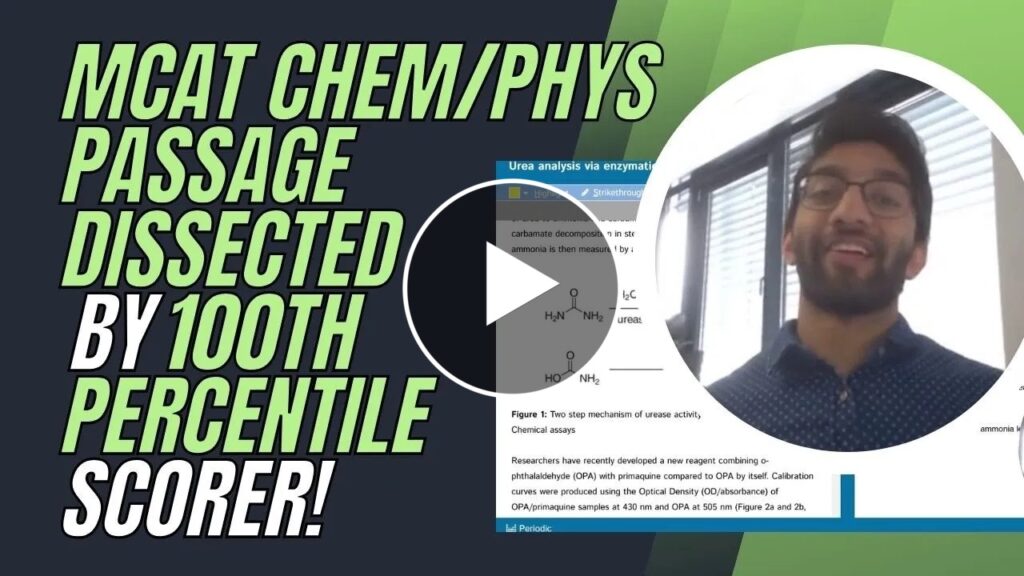
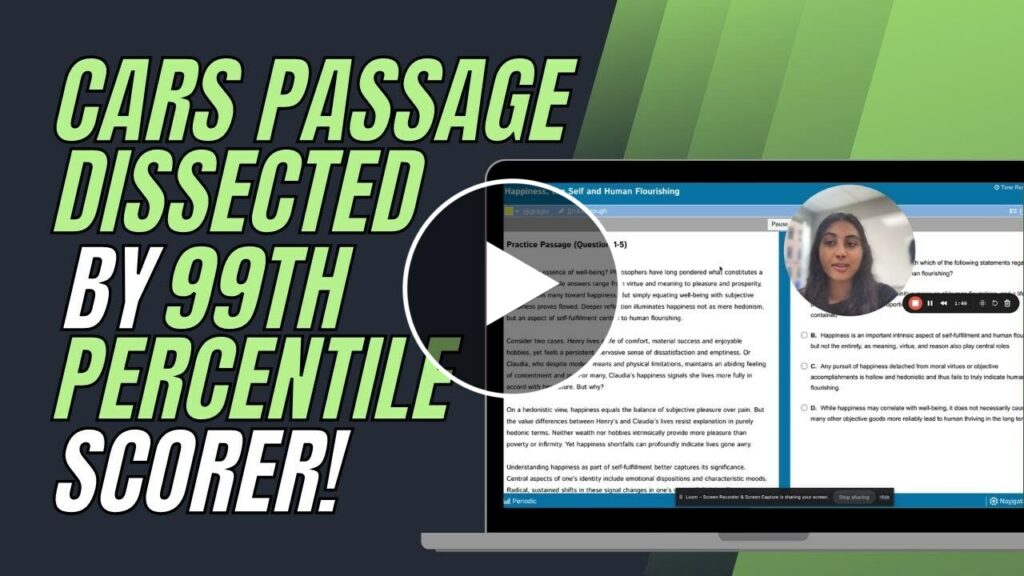
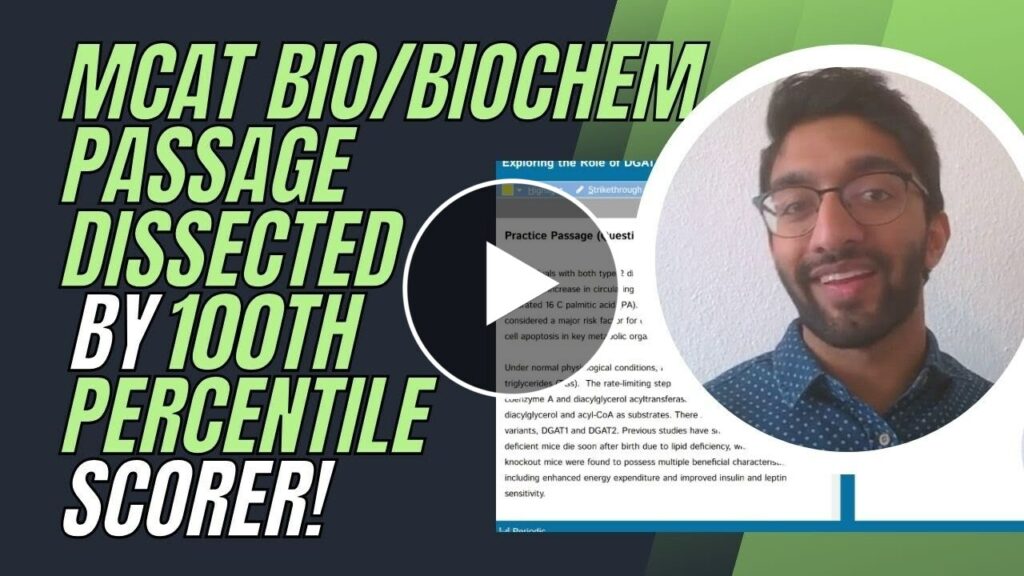
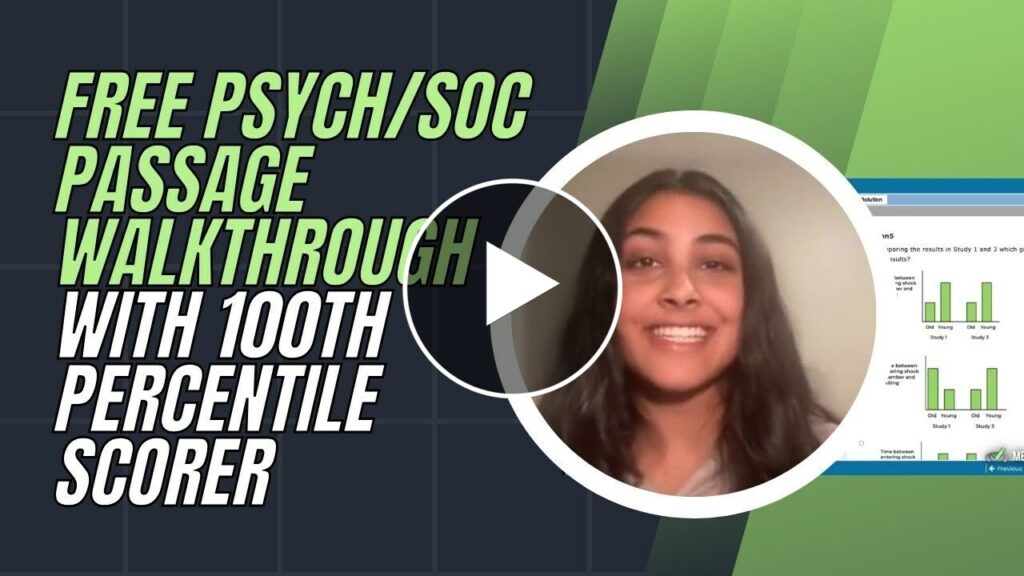

 To help you achieve your goal MCAT score, we take turns hosting these
To help you achieve your goal MCAT score, we take turns hosting these 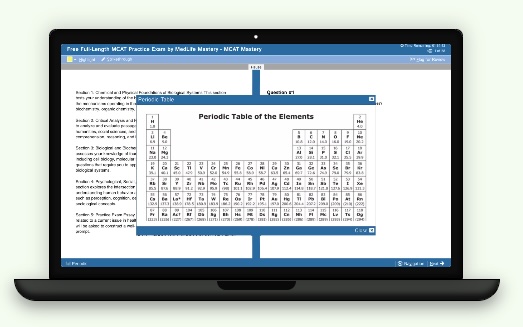

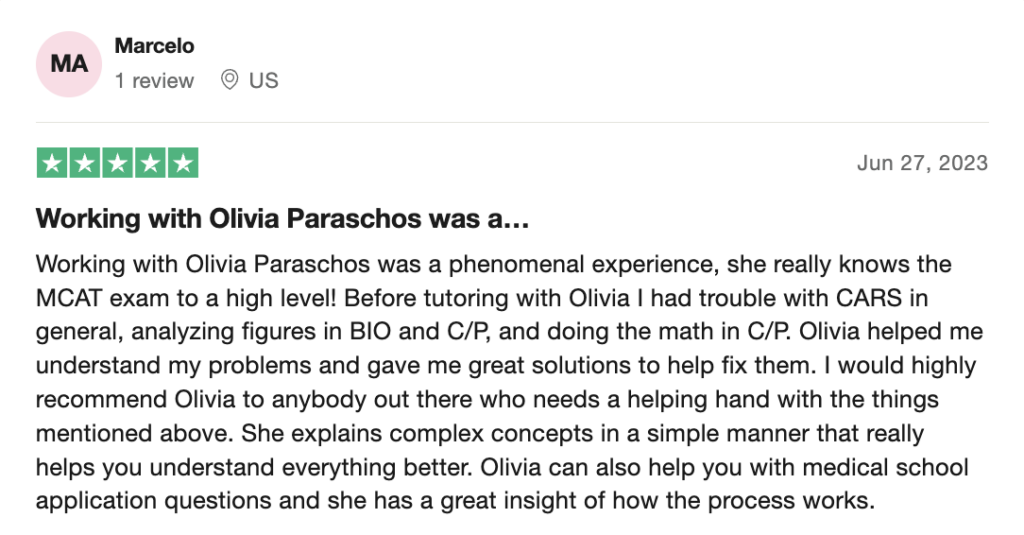
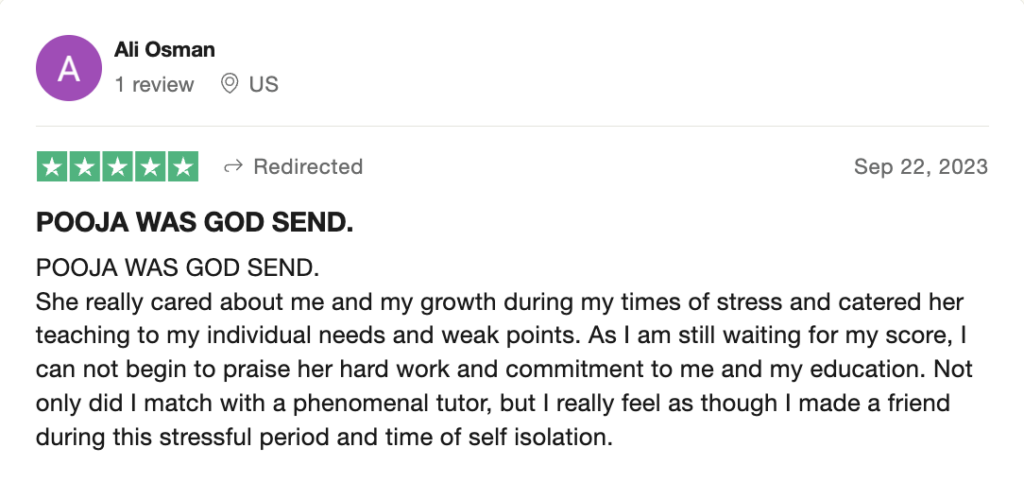
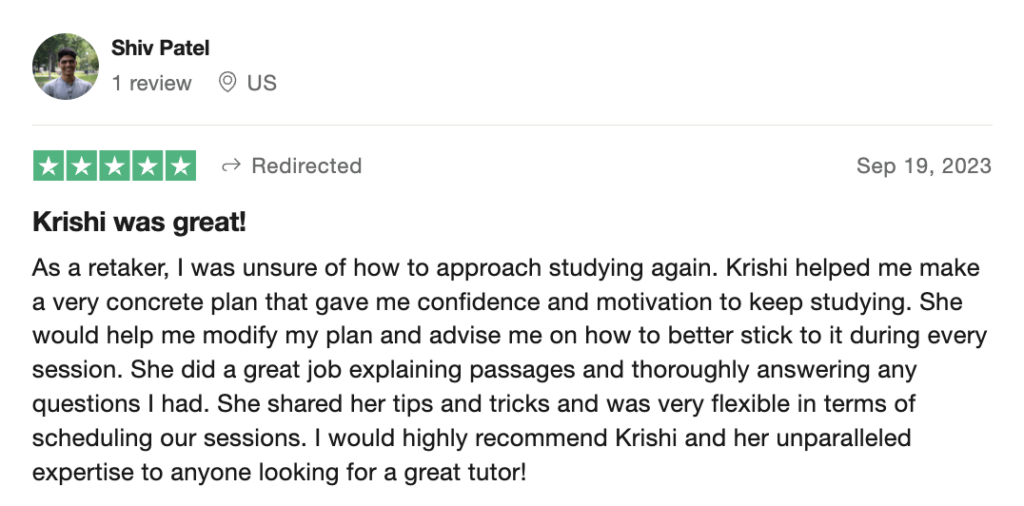
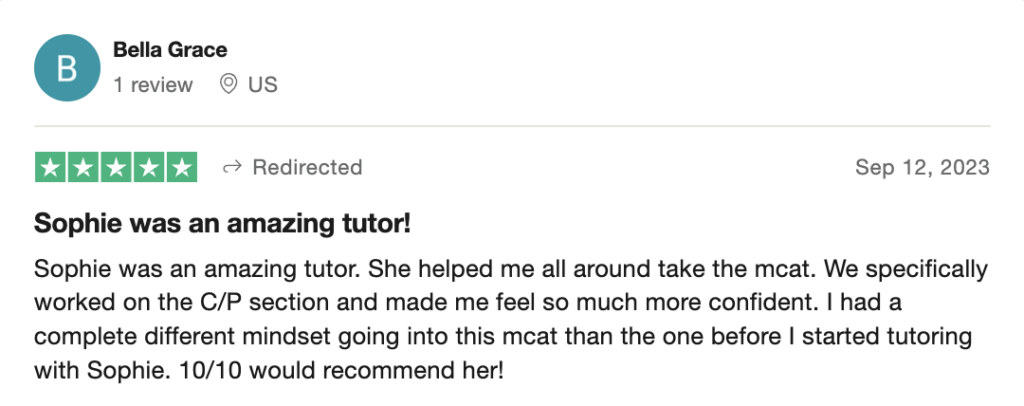
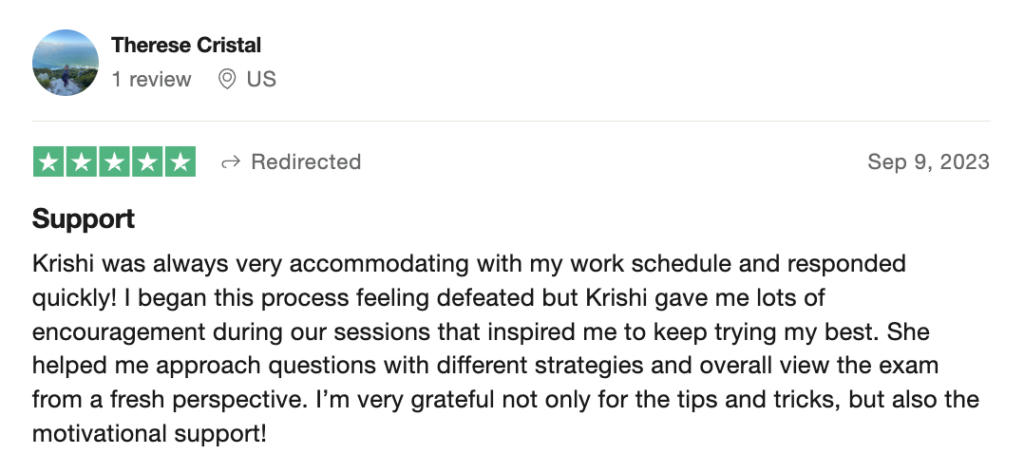
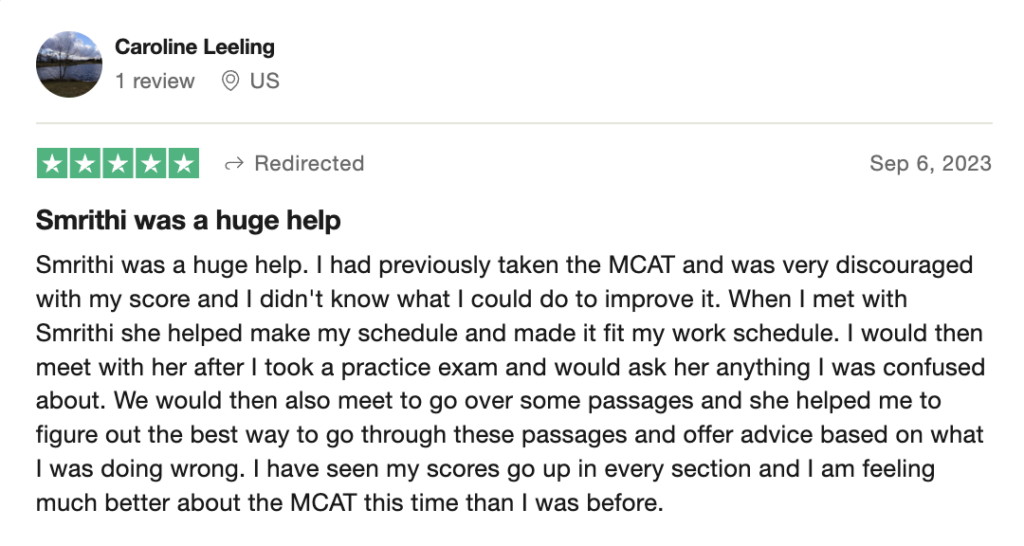
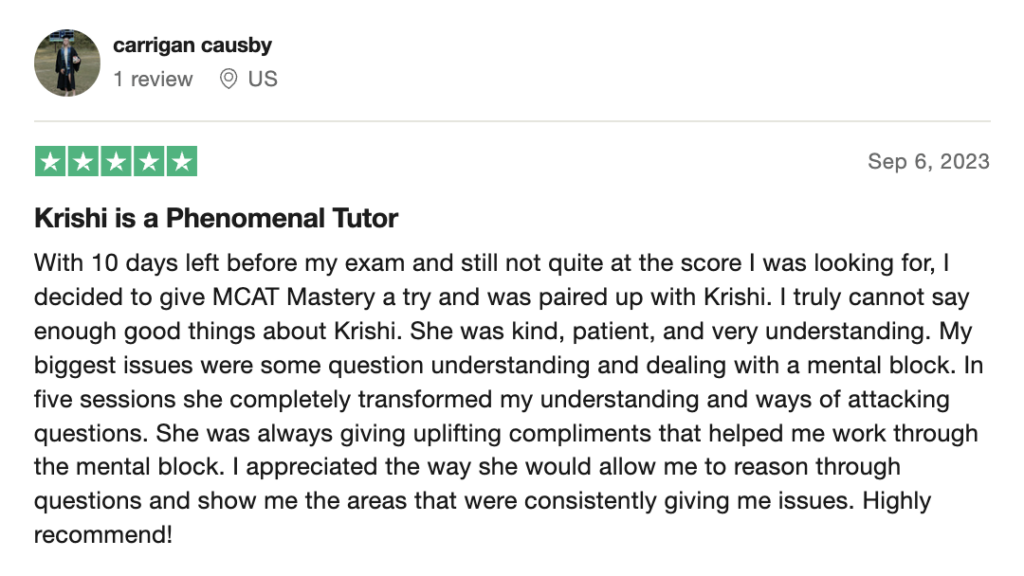
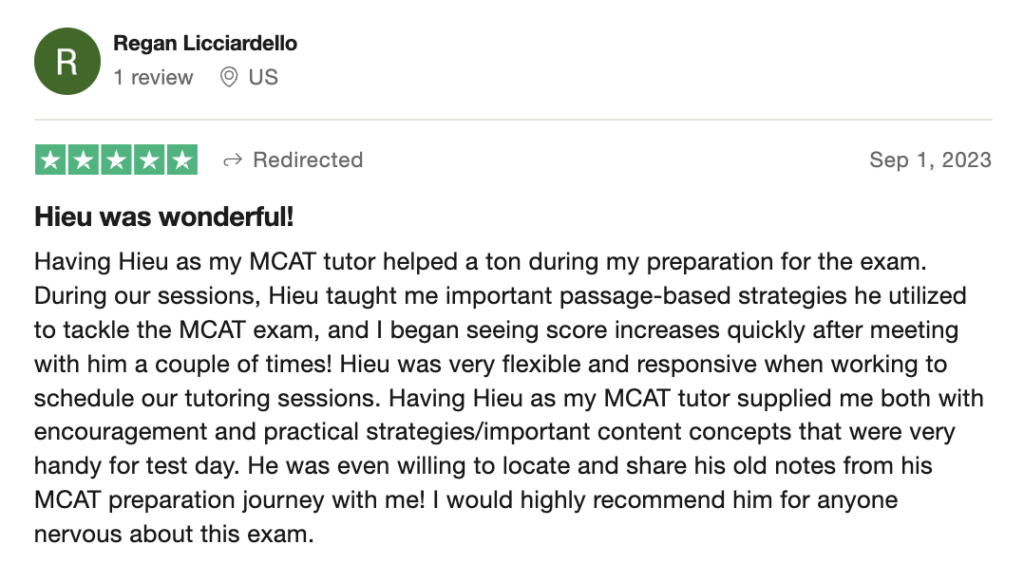
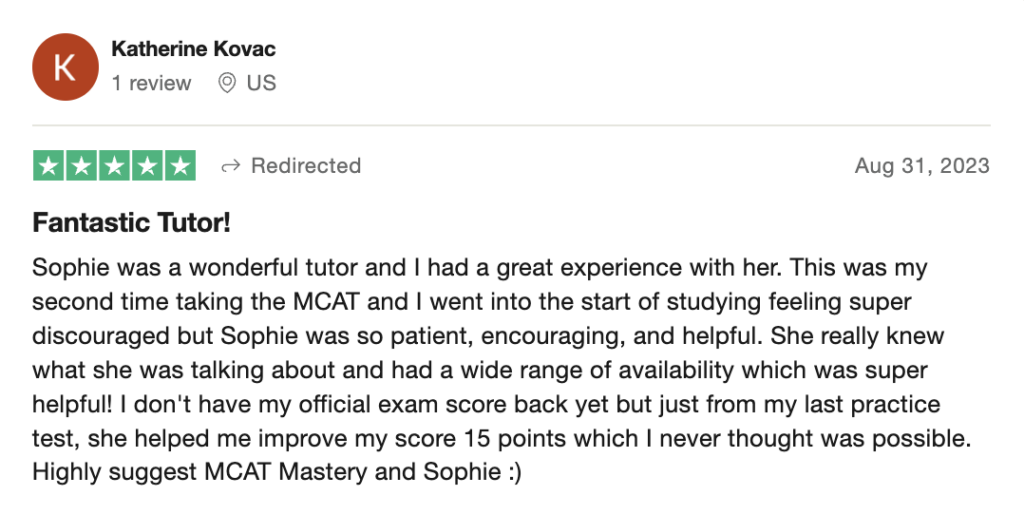
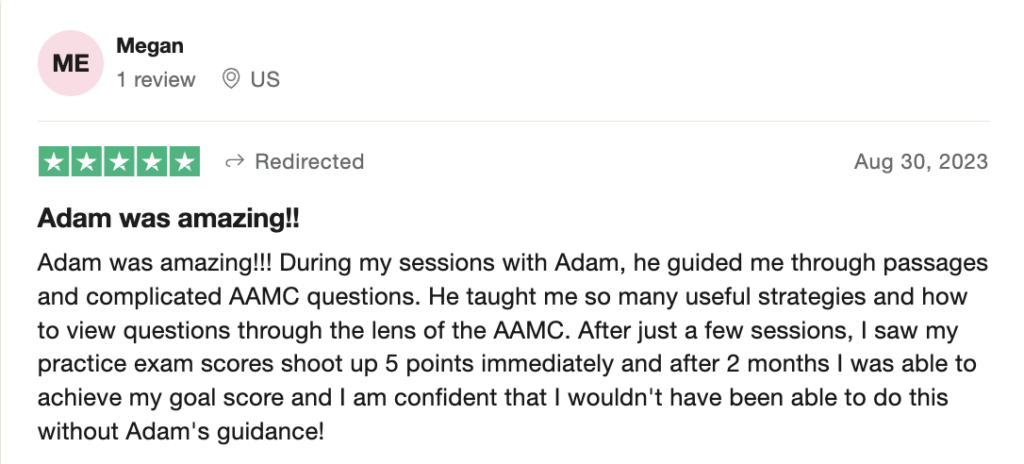
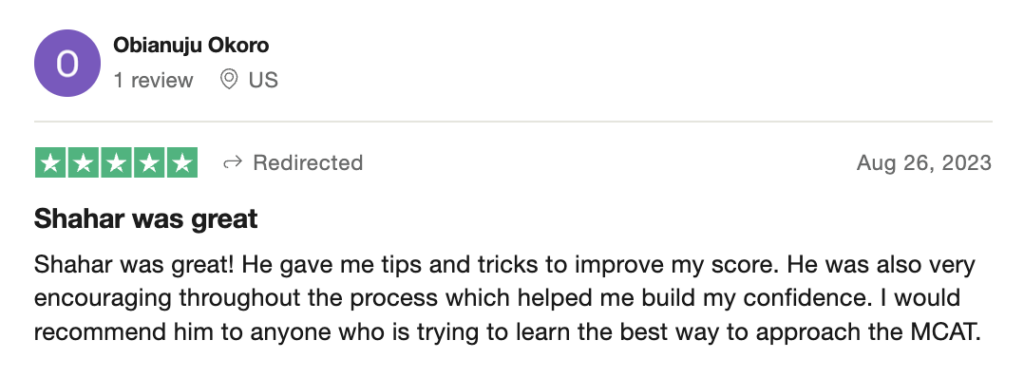
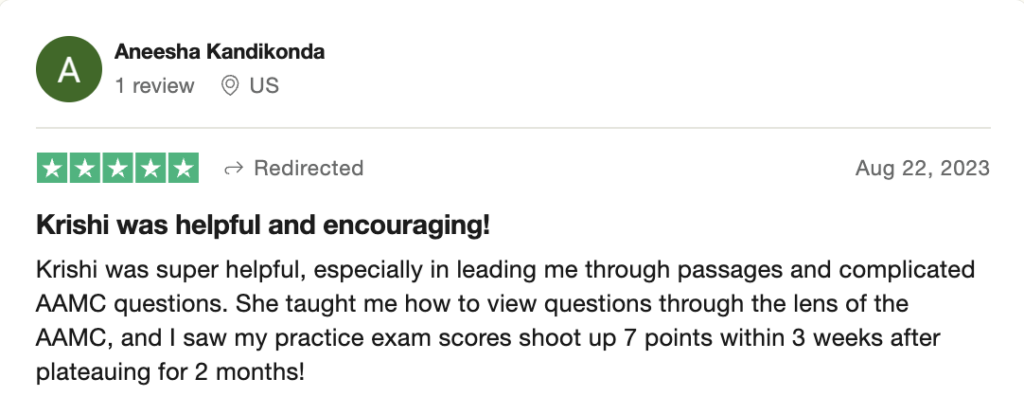
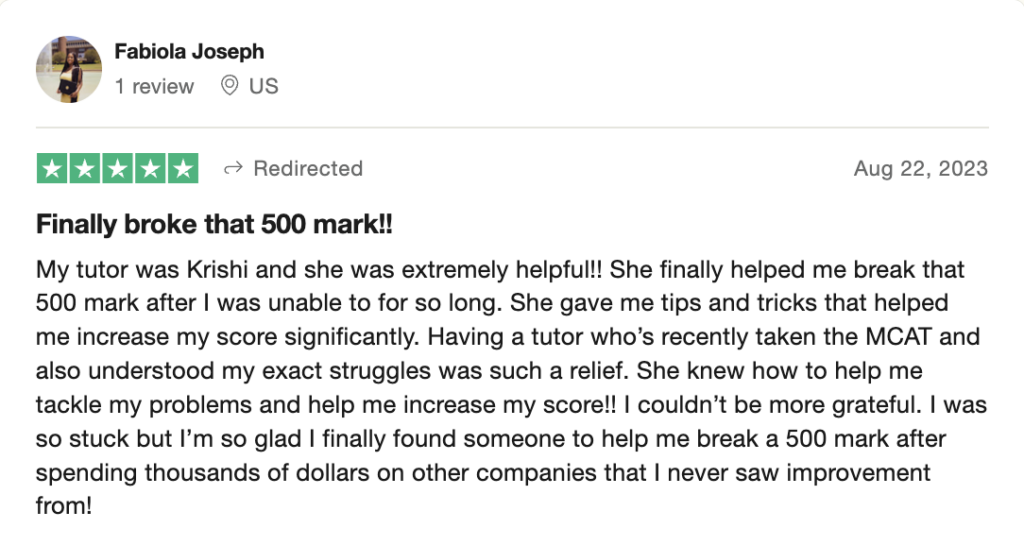
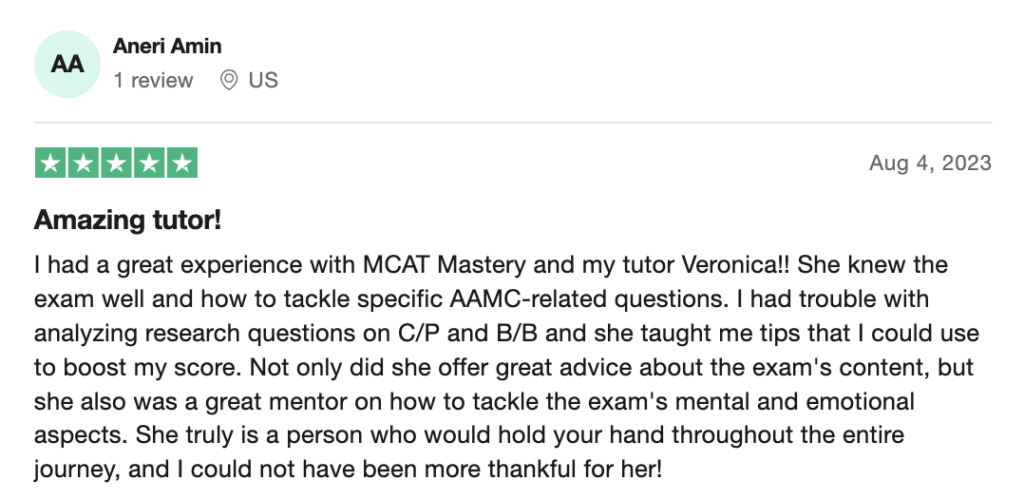
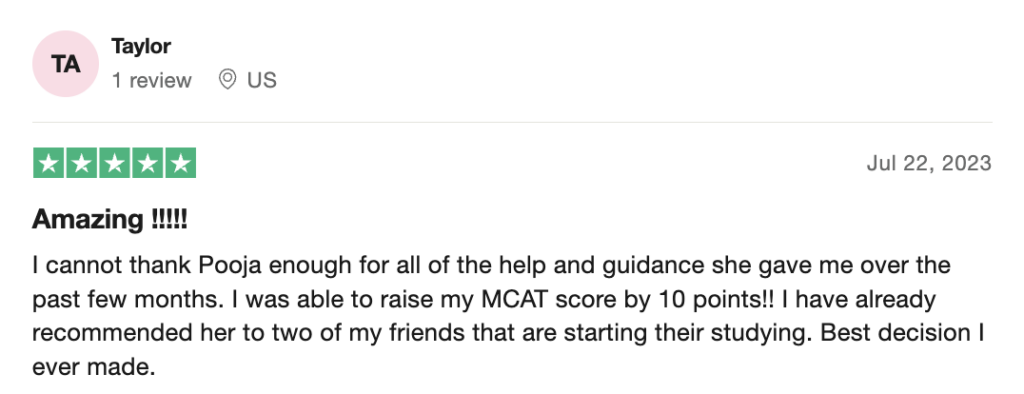
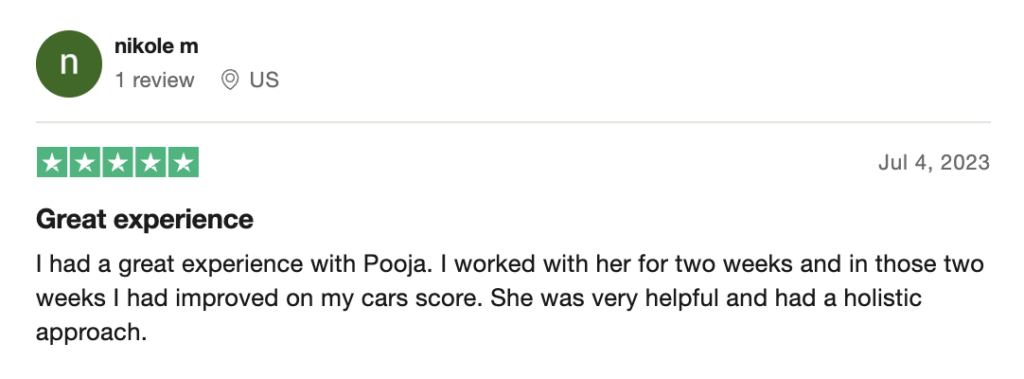
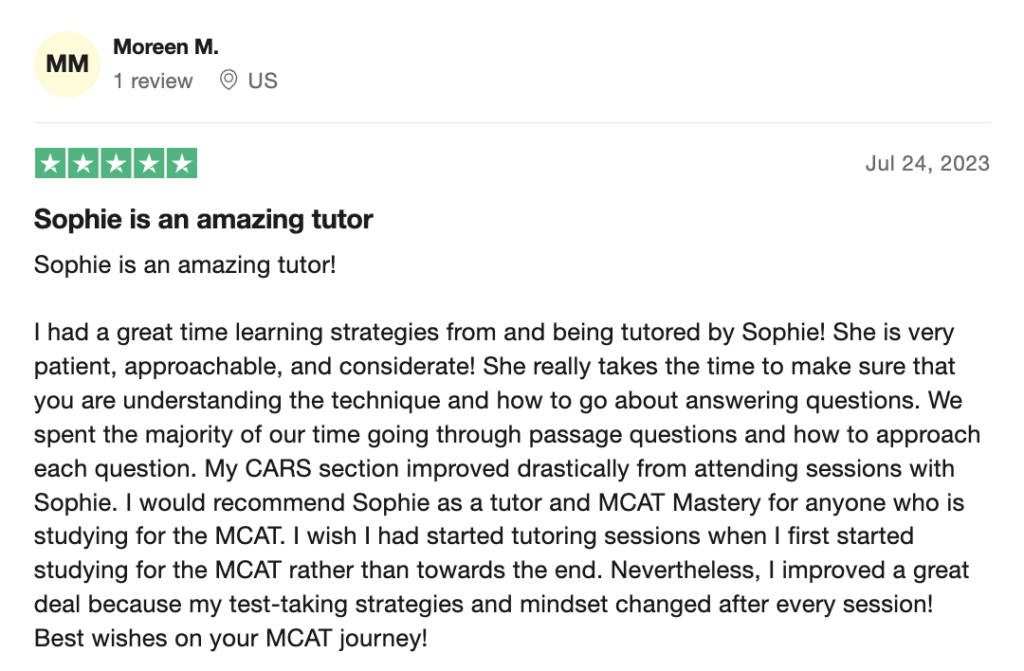
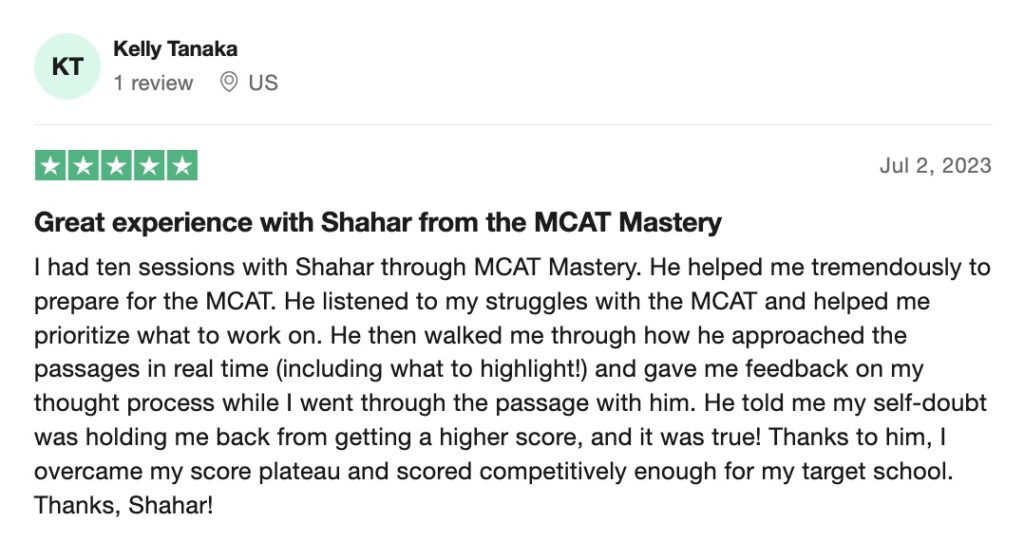
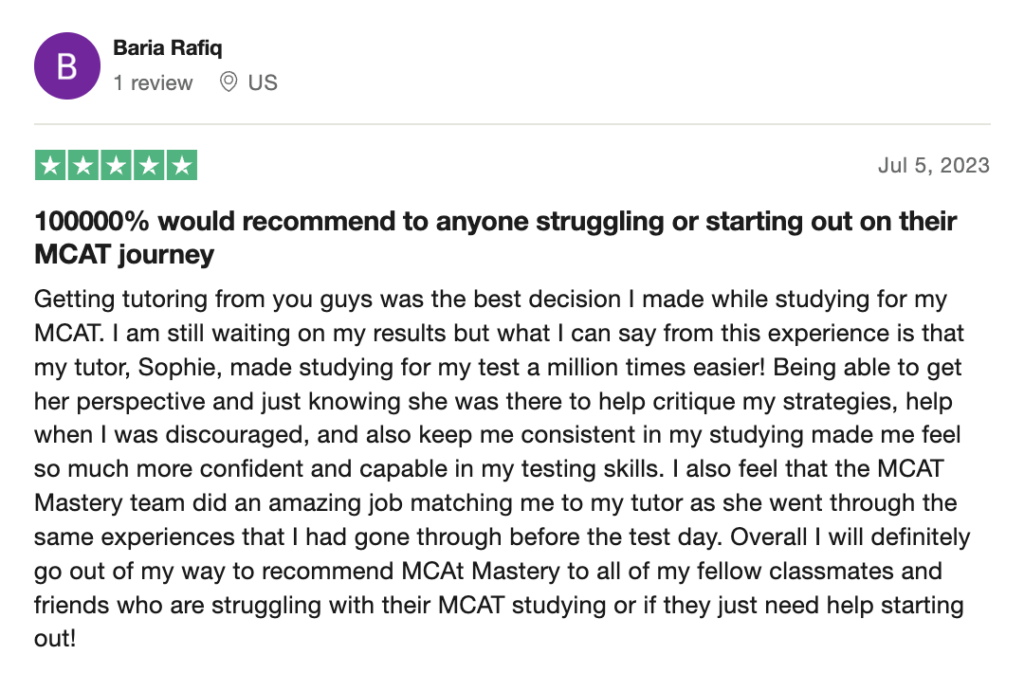
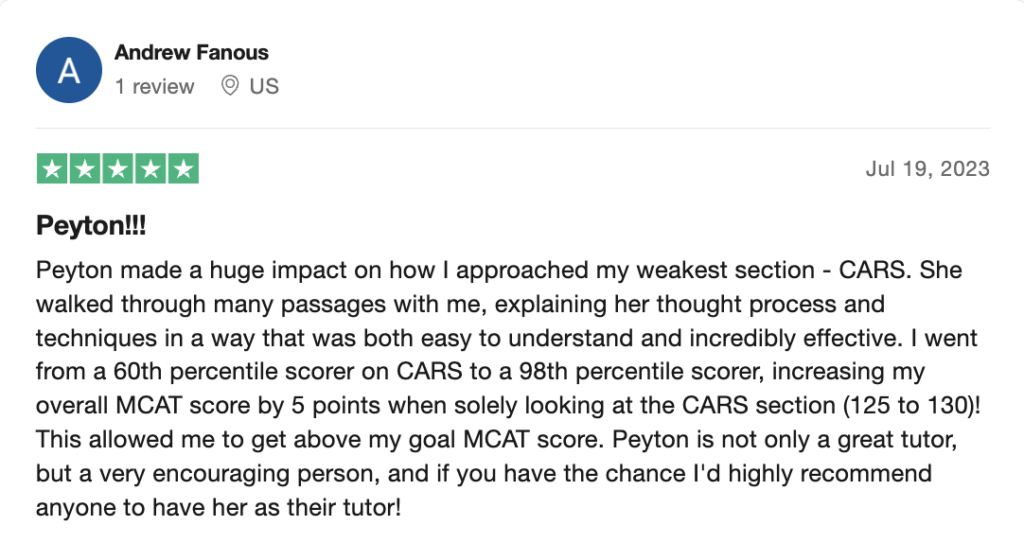
 reviews on TrustPilot
reviews on TrustPilot